The Success of Total Hip Replacement Surgery Is Highly Associated with Cup Position
As reported by the Centers for Disease Control and Prevention, more than 300,000 total hip replacements are performed in the U.S. annually. That number is expected to increase greatly as the baby boomer generation ages. At the Leone Center for Orthopedic Care, I have an exemplary rate of successful outcomes for my patients, something all surgeons strive to achieve.
There is a general understanding among orthopedic surgeons who perform total hip replacements that cup position is a number one priority. The position of the cup directly affects hip stability and is critical when recreating hip mechanics. Hip mechanics refer to the position of the hip joint center and the forces that control the hip. Often after the reconstruction, the hip joint center and the hip offset are changed. Hip offset refers to the distance between the tip of the upper femur to the center of the prosthetic ball. These factors directly and indirectly affect a patient’s leg length, which is so important to every patient after a total hip replacement.
Poorly positioned cups may result in:
- Higher rates of impingement
- Increased socket liner fracture and wear
- Higher rates of dislocation
- Increased chance of improper leg length
- Higher rates of revision
Potential factors that influence accurate cup positioning include:
- Surgical approach
- Surgeon’s experience and their volume of cases
- The type of prosthesis used
- A patient’s body mass index (BMI) / gender / age
- A patient’s diagnosis
- If it’s a primary or re-do procedure
When implanting the cup (or acetabular component), most surgeons attempt to implant it into a specific position. This positioning is based on each surgeon’s specific surgical approach, technique, prosthesis used and experience. Dr. George Lewinnek, an orthopedic surgeon in Worcester, Mass., published a study and popularized the concept of a “safe zone” for cup positioning. Based on his own specific surgical goal, he found that if the cups were placed within a range of 10 degrees plus or minus his goal, then the rate of dislocation was significantly less (1.5% dislocation) compared to those cups that were outside of the desired range (6.2% dislocation).
Another important study, which recently was published and won the coveted Charnley Award for 2010, describes risk factors associated with cup mal-positioning (poor cup position). It reports on the experience of seven surgeons at Massachusetts General Hospital in Boston. Cup position was analyzed on the postoperative X-rays of 2,061 patients who had undergone total hip replacements. Multiple variables were analyzed including how many total hip replacement operations each particular surgeon performed each year; the particular technique that was used for each patient; and if the surgery was done through a minimally invasive approach. The study also looked at patient variables including the specific diagnosis, sex, body mass index and more.
All seven surgeons agreed on the goal or “desired range” for cup placement. The study found that only 47% of the cups were in the “desired range.” So, less than 50% of the cups ultimately were implanted in the position attempted by the surgeon. These results are sobering and indicate that despite a surgeon’s best efforts, visual and other assumptions that surgeons are required to make during the procedure can be wrong.
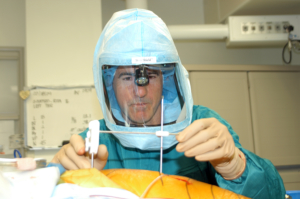
So exactly how and why does this happen? During the procedure, the pelvis always moves or shifts from the initial position in which it is placed, and until now, we have not had a simple or reliable way of correcting for that movement.
At the Leone Center for Orthopedic Care, I use a devise that I invented called the Pelvic Alignment Level™ (PAL). This simple, cost-effective surgical device allows for greater implant precision when performing total hip replacements by measuring pelvic movement during the procedure and then facilitating a correction. It also allows for direct cup position measure after implantation. Also, very importantly, I am able to measure my patient’s leg length before and after the total hip replacement reconstruction to see if the leg length has changed and if the changes are optimal and desirable.
The PAL is receiving recognition throughout the orthopedic community, including a published article in Techniques in Orthopaedics, September 2011, as a powerful, new tool that helps to facilitate accurate component positioning and proper leg length during and after total hip replacement surgery. The simple but effective device all but eliminates the “guess factor” or “eye ball” methodology on which surgeons have had to rely and the potential for error when depending strictly on visual assessment for prosthesis placement.
PAL Study on Cup Position
Independent evaluators analyzed the postoperative X-rays of 250 consecutive total hip replacement patients on whom I operated on from March to November 2009. Cup position was analyzed in two planes: inclination or abduction (the cup angle opening from the side) and forward flexion or version (the cup angle opening towards the front). These are the same parameters that were measured in the studies I cited previously.
My successful “safe zone” results were 99.2 percent for abduction, 91 percent for version and 90.6 percent for both abduction and version.
My results make a strong case for the PAL and its effectiveness. The PAL device and technique continue to make a huge difference for my patients.
We thank you for your readership. If you would like a personal consultation, please contact our office at 954-489-4575 or by email at LeoneCenter@Holy-cross.com.

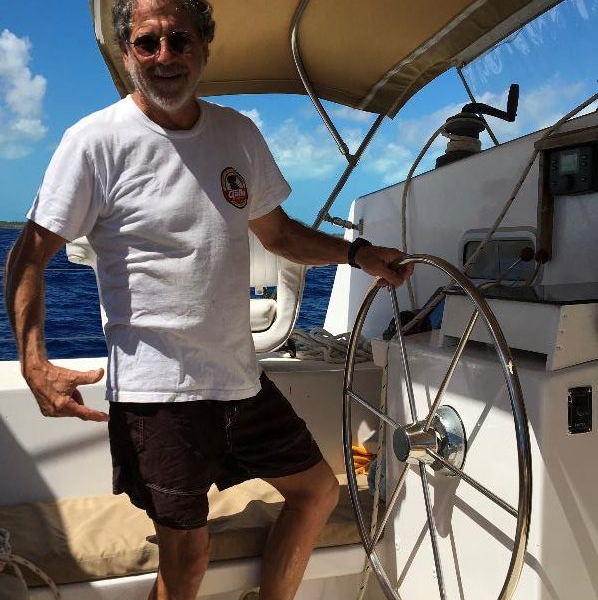
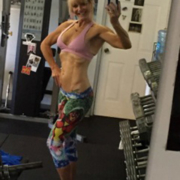
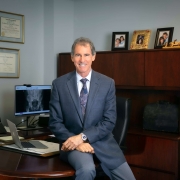
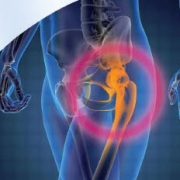
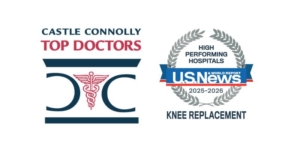
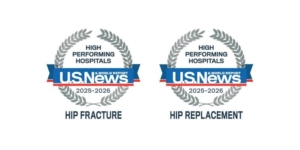
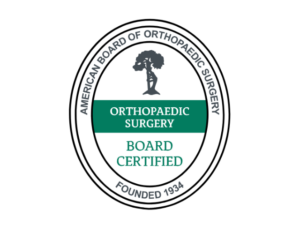


I had a total hip replacement in February of this year. Since then I have had pain and have to walk with assistance. I went for a second option and they discovered that the cup was sized wrong. Can this be corrected without replacing all of the hardware? Please help I can’t live with the pain and limited mobility.
Dear Jan,
When a surgeon implants the cup and stem to create the total hip, he or she is doing so with the hope that the components become “stable.” That is, they become intimately attached to the skeleton so there is no movement. These components can be implanted either with “bone cement” or by “press fit” with the strategy that bone will grow into or onto the component to stabilize it. Most often in the U.S., the acetabular component or cup is implanted with a press-fit technique. If bone fails to grow into or onto the cup, then scar tissue develops which may or may not provide enough stability to stabilize the cup. If it doesn’t provide that stability, then the cup will move when the hip moves, or with weight bearing, and cause pain. I suspect this is what has happened to your hip.
If this is your situation, then a surgeon can revise your hip by removing the loose cup and implanting a new one. If the stem is stable, it will not need to be revised. Infection should be considered and ruled out beforehand. If a new cup is placed and achieves stability, and the hip construct stable, then I would hope and expect you to do well.
I wish you the best,
Dr. William Leone